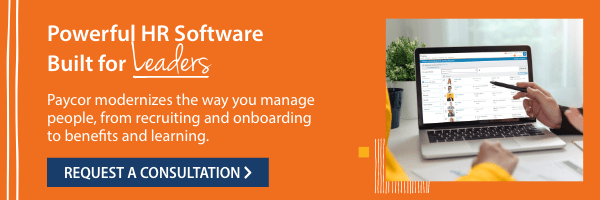Reductions in force are unavoidable in economic downturns, but are traditional severance packages the way to go? They can be a big hit to your company’s cash flow and are subject to payroll taxes. The tax-friendlier option, Supplement Unemployment Benefits plans (SUBS), can spread out costs and deliver the same value for the employee, too.
How Do Supplemental Unemployment Benefits Plans Work?
SUBs got popular in the ‘50s as a way to help workers in industries with cyclical employment patterns get a more steady income. SUBs were often fought for in collective bargaining agreements. They’re growing in popularity again across industries. Under a SUB plan, in the event of a Reduction in Force (RIF) or temporary unemployment due to training, illness or injury, laid-off employees maintain their previous salary, with their former employer supplementing their states’ unemployment benefits.
These plans can offer a ‘reemployment bonus’ of some percentage of remaining benefits when a employee returns to work. SUB plans can also offer income support for employees who are required to work reduced hours due to a RIF.
SUB plans are paid out over time, not as a lump sum. To qualify, employees must be eligible for state unemployment benefits (there are exceptions, so you may need to consult an employment attorney). This means plans may differ (in details and quality) depending on which state an employee works.
Benefits of SUB Plans for Employers
The main benefit for employers is that they avoid the pain of a lump sum severance payment. This will be especially helpful if your business just went through a painful downsizing and cash reserves are low or nonexistent. Other good news for participating employers: the IRS categorizes SUB plans as benefits, not wages, and that reduces payroll tax liability. This allows companies to avoid Federal Insurance Contributions Act (FICA) taxes, Federal Unemployment Tax Act (FUTA) costs and state unemployment taxes.
Drawbacks of SUB Plans for Employers
Creating an SUB plan can require a lot of administration and it can’t be used in all situations (which means you may have to develop different versions—again, it can be a time suck). The viability of the strategy is very dependent on state-specific rules. And it’s not easy to create a SUB plan quickly. In some states, employers must seek approval for plan designs prior to implementation.
How the CARES Act impacts the implementation of SUB plans is unclear. There are at least a few ways CARES could influence SUBs. For example, there are now additional eligibility requirements to qualify for unemployment. There’s a waived waiting period. And there’s the extra $600 per week of Federal Pandemic Unemployment Compensation. All those things could affect SUBs, but so far the I.R.S. hasn’t provided guidance.
How Do You Create an SUB Fund?
SUB plans can be funded entirely by an employer or by employees, or by some mix. The standard plan is entirely employer funded, with individual funds for each worker. These replace normal severance payments. Employee-funded SUB plans are different, contributions being shared into a collective fund for all employees.
Typically, Supplemental Employment plans use tax-exempt Section 501 (c) (17) or Section 501(c)(9) Voluntary Employee Benefits Association (VEBA) trusts. However, using these trusts means following additional I.R.S. requirements. In many states it is possible for SUB payments to come out of an employer’s general assets.
Paycor is not a legal, tax, benefit, accounting or investment advisor. All communication from Paycor should be confirmed by your company’s legal, tax, benefit, accounting or investment advisor before making any decisions.
Paycor is Here for You
Paycor builds HR software for leaders of medium & small business. For 30 years, we’ve been listening to and partnering with leaders, so we know what they need: HCM technology that saves time, powerful analytics and expert HR advice to help them solve problems and achieve their goals.










